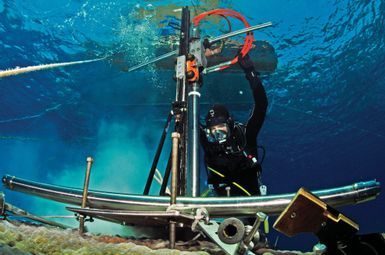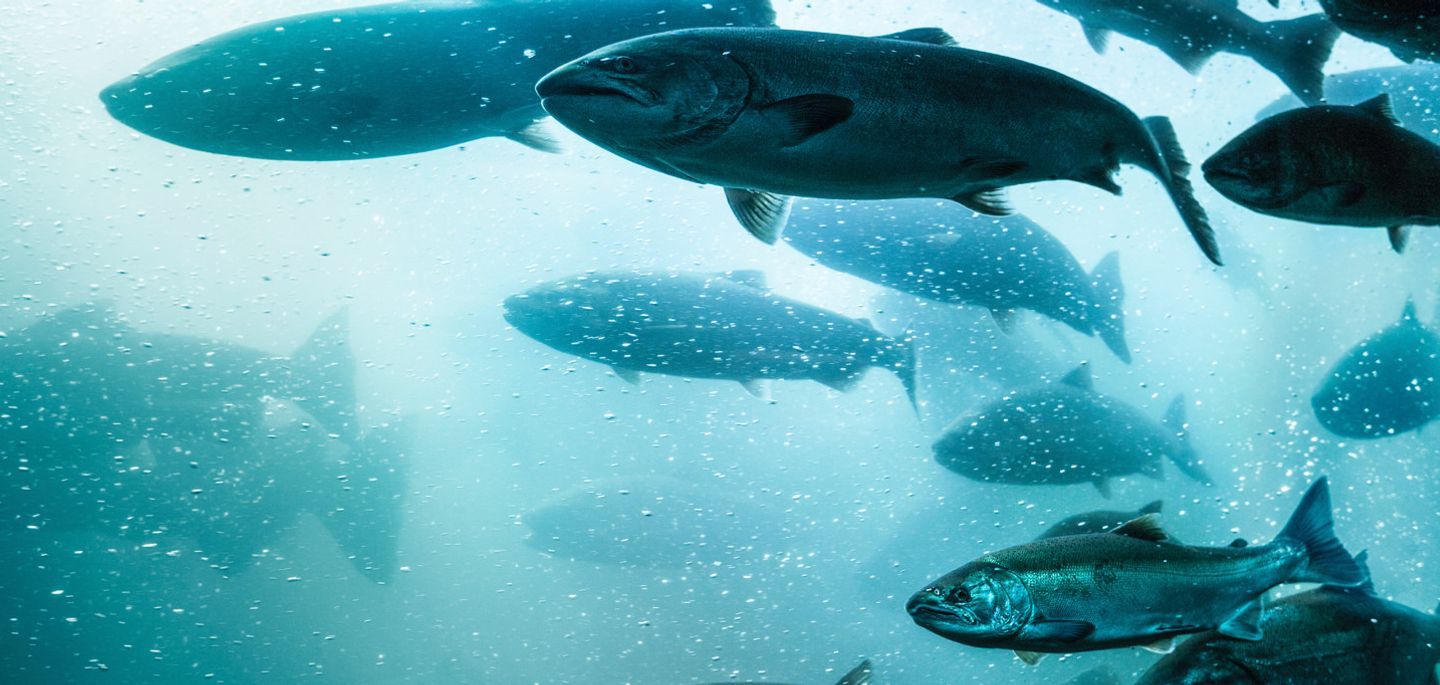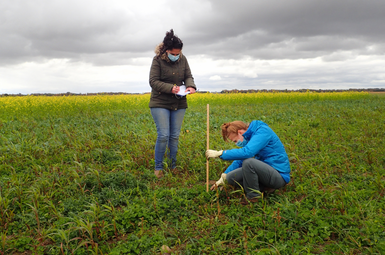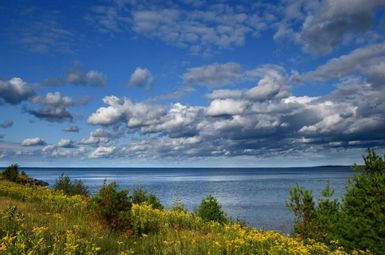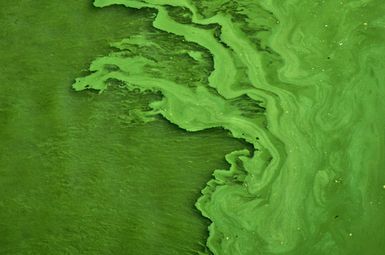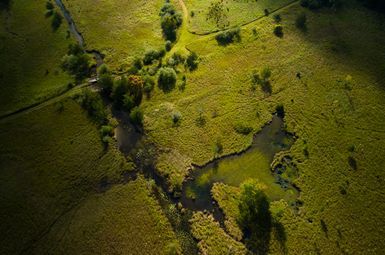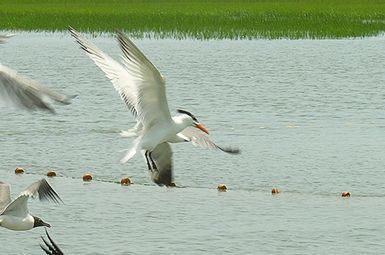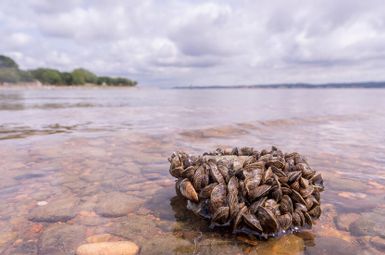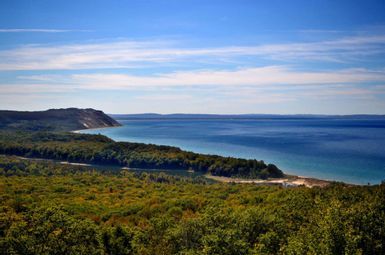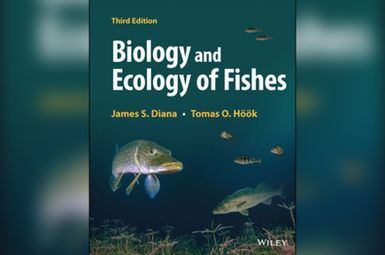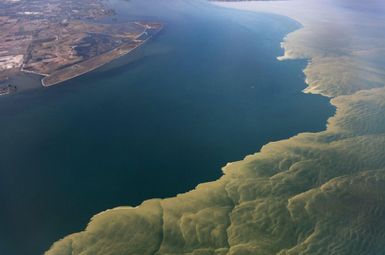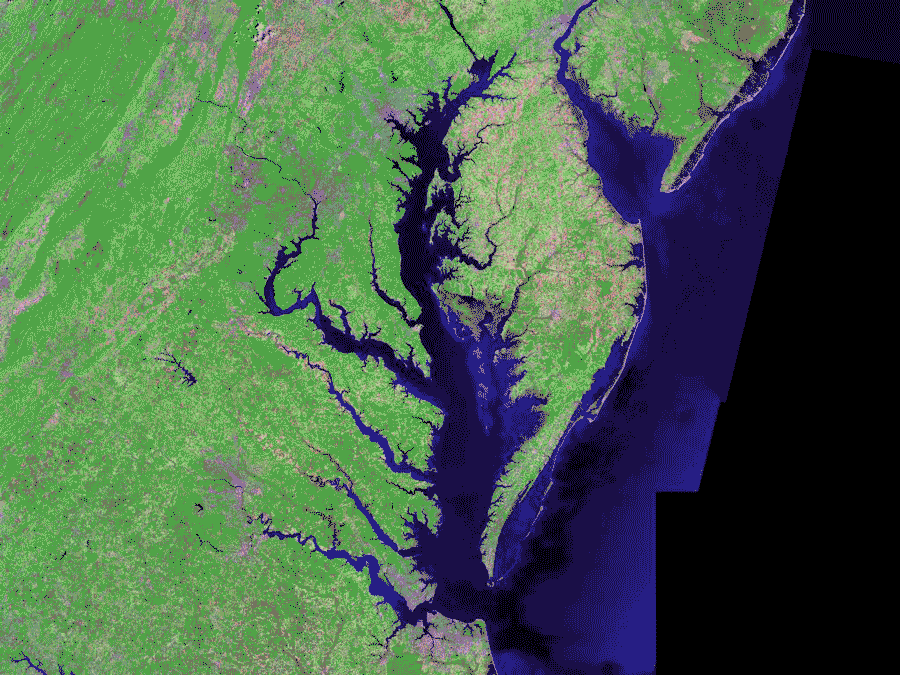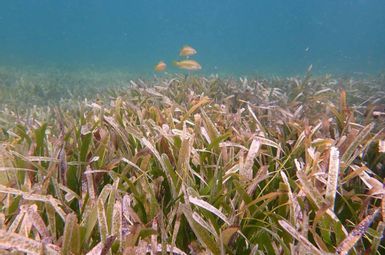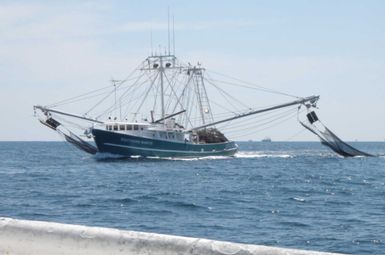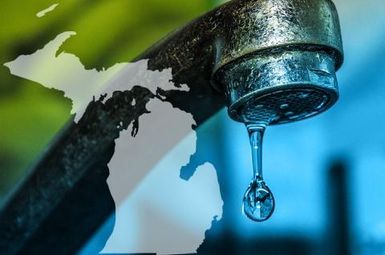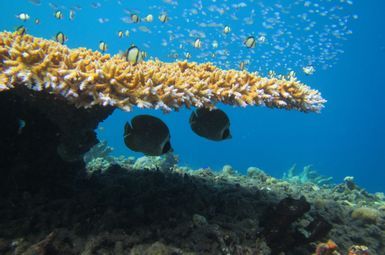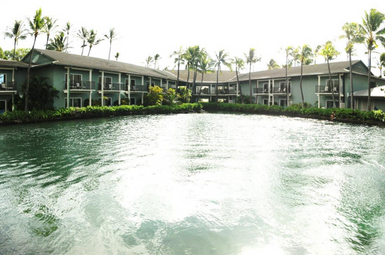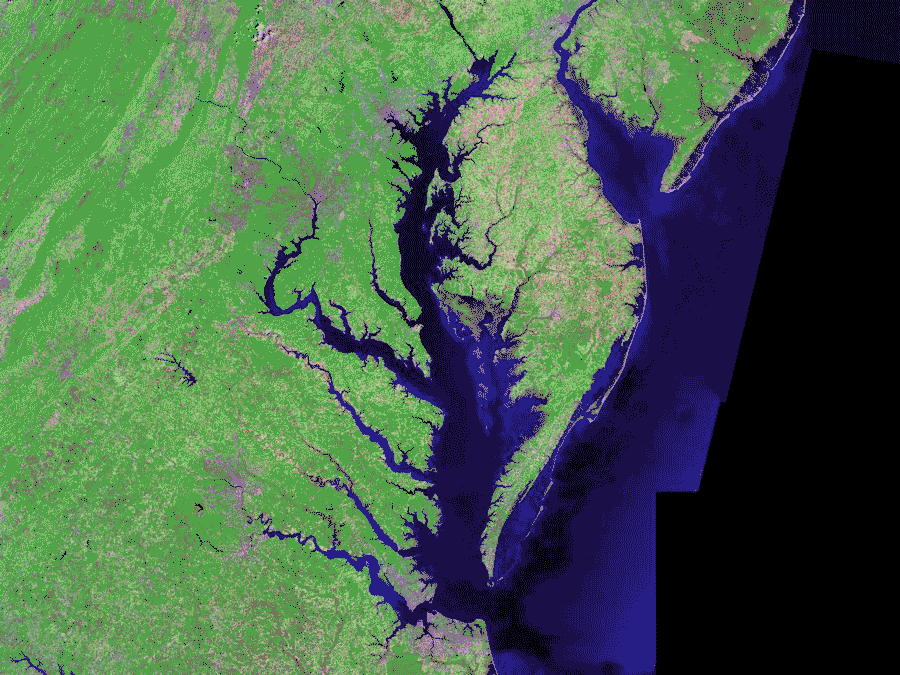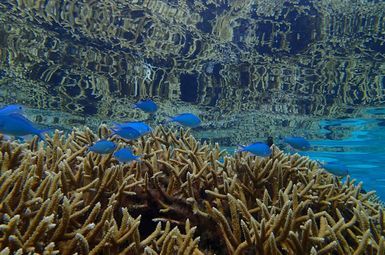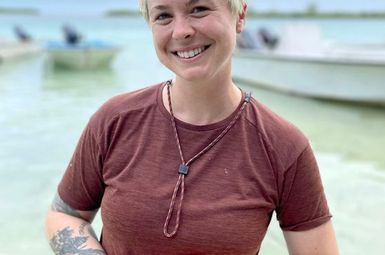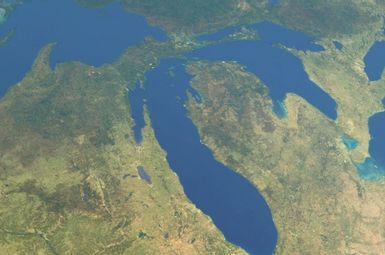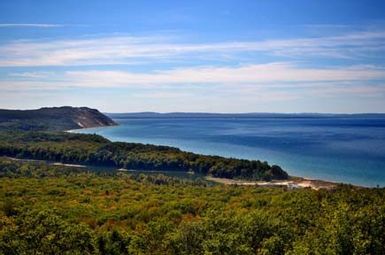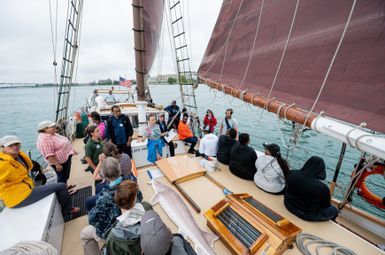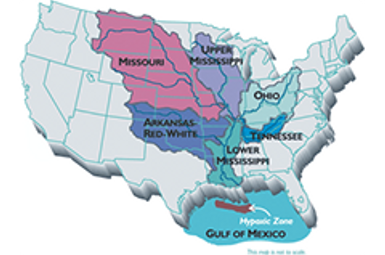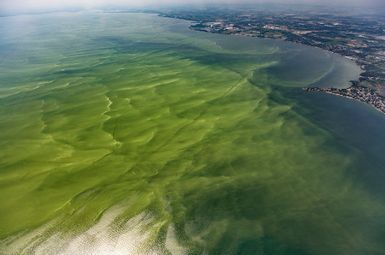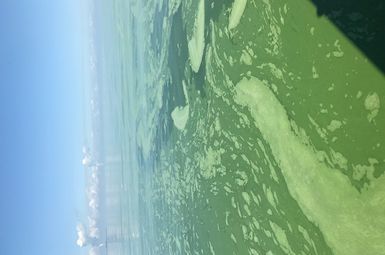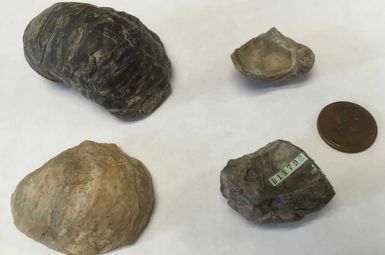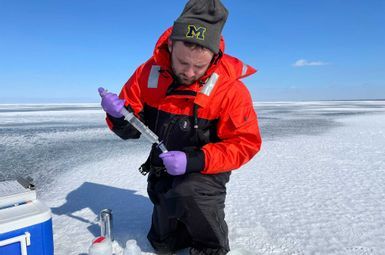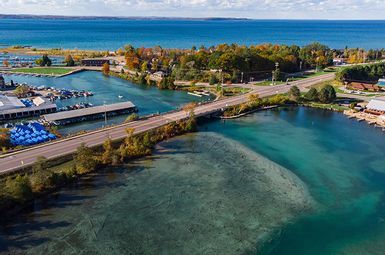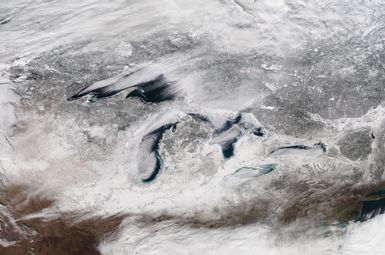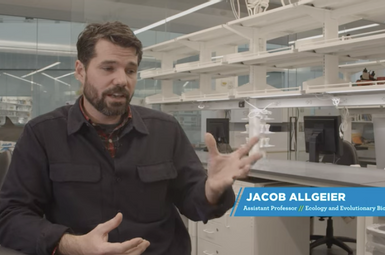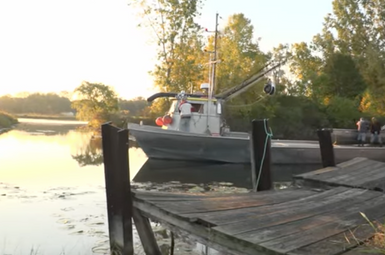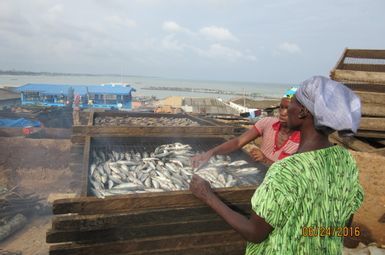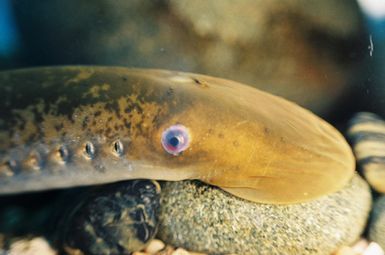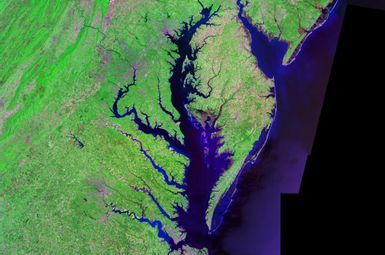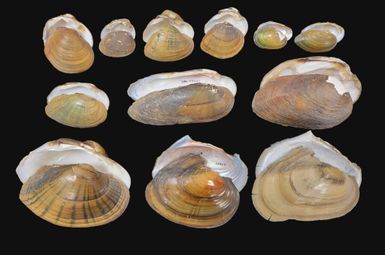There are more than 228,000 marine species worldwide, ranging from seadragon to seaweed, according to the World Register of Marine Species. But there are a number of environmental stressors that impact the health and safety of aquatic life. Invasive species, for example, have changed the ecology of waterways and damaged critical industries like fisheries, agriculture and tourism, costing millions of dollars annually in control and mitigation. Researchers at the University of Michigan are partnering with communities, nonprofit organizations and government agencies to protect aquatic life, exploring important issues ranging from invasive species to fisheries management to habitat and wetland restoration.
A wetter world recorded in Australian coral colony
When climate scientists look to the future to determine what the effects of climate change may be, they use computer models to simulate potential outcomes such as how precipitation will change in a warming world. But U-M scientists are looking at something a little more tangible: coral.
Adapting crops for people and the planet
Rackham Ph.D. candidate Etienne Herrick-Sutton works with Great Lakes region farmers to identify strategies for improving the environmental and economic outcomes of cover cropping.
Local gem hosts researchers throughout the decades
Since 1930, U-M has maintained the Edwin S. George Reserve (ESGR) to provide research and educational opportunities, as well as preserve native flora and fauna. The 525-hectare fenced ESGR is located in Livingston County, Michigan (about 25 miles northwest of Ann Arbor) and hosts students, postdocs and faculty as well as biologists from other universities throughout the year.
2023 Chesapeake Bay dead zone smallest on record
This summer’s Chesapeake Bay “dead zone” was the smallest it’s been since monitoring began in 1985, according to data released by the Chesapeake Bay Program’s monitoring partners: the Maryland Department of Natural Resources, Old Dominion University and Virginia Institute of Marine Science. The model used to make the annual forecasts was developed at U-M.
Scholars and schooners
LSA’s Detroit River Story Lab teaches students from elementary school through college about the past and future of the vibrant body of water.
UMSI launches theme year on water conservation and access
“Water conservation and access” brings a slew of images to mind: wastewater flowing through main lines to a city treatment plant, a fisherman yanking invasive mussels off the hull of a trawler, the installation of filters in communities that lack access to safely managed drinking water.
New guiding principles urgently needed for Great Lakes stewardship, U-M researchers say
The tools and policies that worked to significantly reduce threats to the Great Lakes over the past century are ill-equipped to handle today’s complex and interrelated challenges. A new set of stewardship principles is needed to work holistically and systematically on long-term social, economic, environmental, and racial-equity and resiliency concerns that have too often been sidelined in a rush for immediate results.
Smaller-than-average harmful algal bloom predicted for western Lake Erie
Lake Erie harmful algal blooms consisting of cyanobacteria, or blue-green algae, are capable of producing microcystin, a known liver toxin that poses a risk to human and wildlife health. Such blooms may force cities and local governments to treat drinking water and to close beaches, and they can harm vital local economies by preventing people from fishing, swimming, boating and visiting the shoreline.
NOAA forecasts below-average summer ‘dead zone’ in Gulf of Mexico
A team of scientists including a U-M aquatic ecologist is forecasting a summer “dead zone” in the Gulf of Mexico that will cover an estimated 4,155 square miles, which is below the 5,364-square-mile average over the 36-year history of dead zone measurements in the region.
New genus of red algae that mimics corals
“I just thought it was an interesting story that this red alga looks so much like an animal, namely, a coral. It had been unnoticed as such, and then it turned out to have some distinctive features.”
Tracking ocean microplastics from space
New information about an emerging technique that could track microplastics from space has been uncovered by U-M researchers. It turns out that satellites are best at spotting soapy or oily residue, and microplastics appear to tag along with that residue.
Reef fish must relearn ‘rules of engagement’ after coral bleaching
Mass coral bleaching events are making it harder for some species of reef fish to identify competitors, new research reveals. Scientists studying reefs across five Indo-Pacific regions found that the ability of butterfly fish individuals to identify competitor species and respond appropriately was compromised after widespread loss of coral caused by bleaching.
New activity trackers for dolphin conservation
Dolphins and other sea creatures are affected by human disturbances in their habitat, including climate change, overfishing, noise pollution from shipping, construction, oil exploration and navy sonar activity. These types of disturbances can interrupt important animal behavior like foraging for fish and socializing, but measuring disturbance is difficult because the animals live under water.
Chesapeake Bay sees smaller-than-average ‘dead zone’ in 2022
This year’s Chesapeake Bay “dead zone” was the 10th-smallest observed since 1985, according to findings released today by the Chesapeake Bay Program and its partners, including U-M. The annual Chesapeake Bay dead zone is an area of low oxygen that forms in deep waters when excess nutrients, including both nitrogen and phosphorus, enter the water through polluted runoff and feed naturally occurring algae.
Not enough: Protecting algae-eating fish insufficient to save imperiled coral reefs, study concludes
How can we boost the resilience of the world’s coral reefs, which are imperiled by multiple stresses including mass bleaching events linked to climate warming? One strategy advocated by some researchers, resource managers and conservationists is to restore populations of algae-eating reef fish, such as parrotfish. But a new study that analyzed long-term data from 57 coral reefs around the French Polynesian island of Mo’orea challenges this canon of coral reef ecology.
Chesapeake Bay ‘dead zone’ predicted to be 13% lower than average
This summer’s Chesapeake Bay “dead zone” is expected to be smaller than the long-term average, according to a forecast released today by researchers from U-M, Chesapeake Bay Program, University of Maryland Center for Environmental Science and U.S. Geological Survey.
Detroit River Story Lab embarks on Skiff and Schooner program for second summer
The Detroit River Story Lab’s Skiff and Schooner Program is setting sail for its second summer, this time accommodating even more students in its quest to foster connection between the river and its communities. Students from 15 Detroit high schools, two colleges and six youth-serving organizations will board the schooner throughout the summer to learn about various topics focused on the environmental and cultural history of the Detroit River, ranging from marine biology and wildlife restoration to the Underground Railroad.
NOAA forecasts average-size Gulf of Mexico summer ‘dead zone’
A team of scientists including a University of Michigan aquatic ecologist is forecasting a summer “dead zone” in the Gulf of Mexico of 5,364 square miles, about average for the 35-year history of the measurements. The forecast is lower than last year’s measured size and slightly lower than the five-year average measured size of 5,380 square miles. The 2022 Gulf of Mexico hypoxia forecast was released today by the National Oceanic and Atmospheric Administration, which funds the work.
From lake to lab: wrangling Lake Erie's blooming algae
Researchers have identified many factors that influence the timing and distribution of Lake Erie’s harmful algal blooms. Intensity and timing of spring rainstorms is part of the puzzle, as is the amount of algae-feeding nitrogen and phosphorus traveling into the lake from nearby rivers.
Marine biologist Ayana Elizabeth Johnson to deliver Wege Lecture
Marine biologist and climate policy expert Dr. Ayana Elizabeth Johnson will deliver the Wege Lecture on Sustainability on February 23. Johnson is the co-founder of Urban Ocean Lab, a think tank for coastal cities, and co-creator (and former co-host) of the Spotify/Gimlet podcast “How to Save a Planet,” which discusses climate solutions.
Catalyst grants support key steps toward sustainability, justice
Five newly awarded catalyst grants from the Graham Sustainability Institute will fund projects designed to advance potential infrastructure solutions across energy, transportation, and the built environment. The projects will facilitate climate change adaptation, test products aimed to reduce carbon emissions, and foreground equity and justice in sustainability interventions.
Finding more fish
Jacob Allgeier, assistant professor of ecology and evolutionary biology, studies how nutrients and energy cycle through tropical ecosystems in order to better manage fisheries. The artificial reefs he’s building are an inexpensive, effective way to sustainably improve fisheries’ productivity.
Pass the whitefish: U-M chef builds a sustainable food network
For Frank Turchan, executive chef at M Dining, using local produce is a way to support sustainability, but it’s also just good food. Turchan works with a number of farmers and producers both locally and from across the state. These include more than 20 companies that sell food products, such as Zingerman’s; Prairie Farms, a Midwest dairy cooperative; and Detroit’s Better Made Chips, McClure Pickle, Quality Meats & Culinary Specialties and LaGrasso Brothers, which grows lettuce and sources produce from other local farmers.
Revenge of the Michigan microplastics
Headlines decrying tiny particles in our drinking water and swirling masses like the Great Pacific Garbage Patch have centered plastic waste as the modern scourge of marine ecosystems. But Michiganders may be surprised to learn that this threat hits particularly close to home: recent studies show that at times, the Great Lakes contain the highest concentration of plastics anywhere on the planet.
